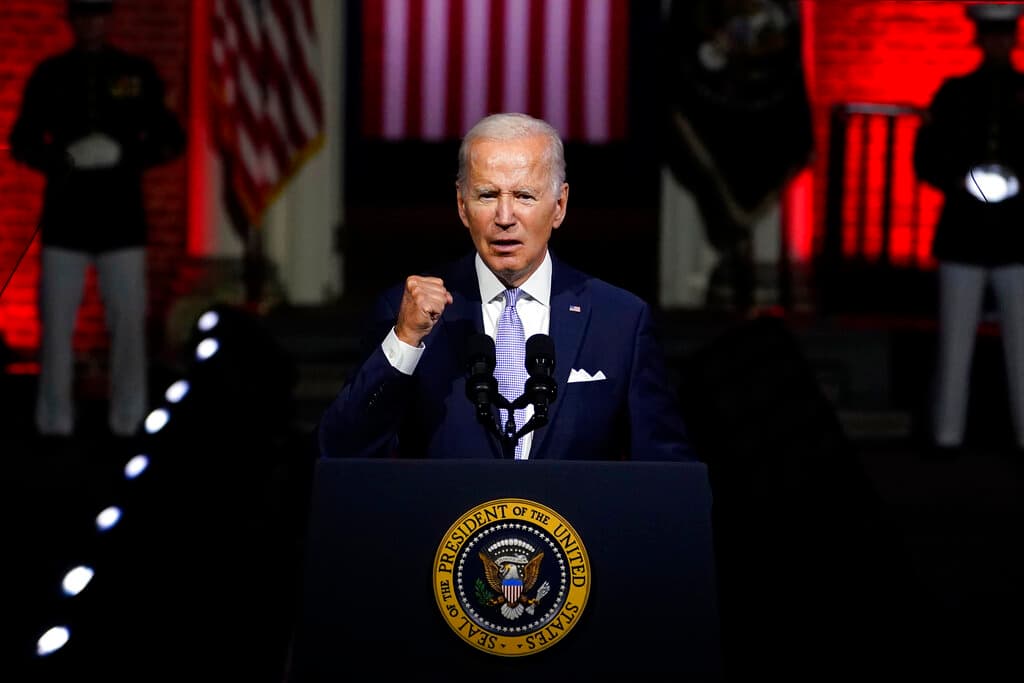In War on Terror 2.0, the Watchword Is: ‘Be Careful for What You Wish’
The narrative coming from the administration decries the threat of violence from only the right.

“This is not acceptable,” said the wife of an arrested anti-abortion protester, bewildered at the show of force of heavily-armed FBI agents raiding their house. Together with other unarmed activists, her husband had temporarily blocked the entrance to an abortion clinic in Tennessee. Most of these protesters face charges that could lead to 11 years in prison.
Meanwhile, thus far, no arrests or charges have been made connected to the string of attacks, arsons and firebombings of churches and pregnancy clinics perpetrated by the far-left extremist group Jane’s Revenge. A tracker of pro-abortion attacks in America, last updated on September 22, identified almost 100 attacks on pro-life organizations and entities.
A login link has been sent to
Enter your email to read this article.
Get 2 free articles when you subscribe.

